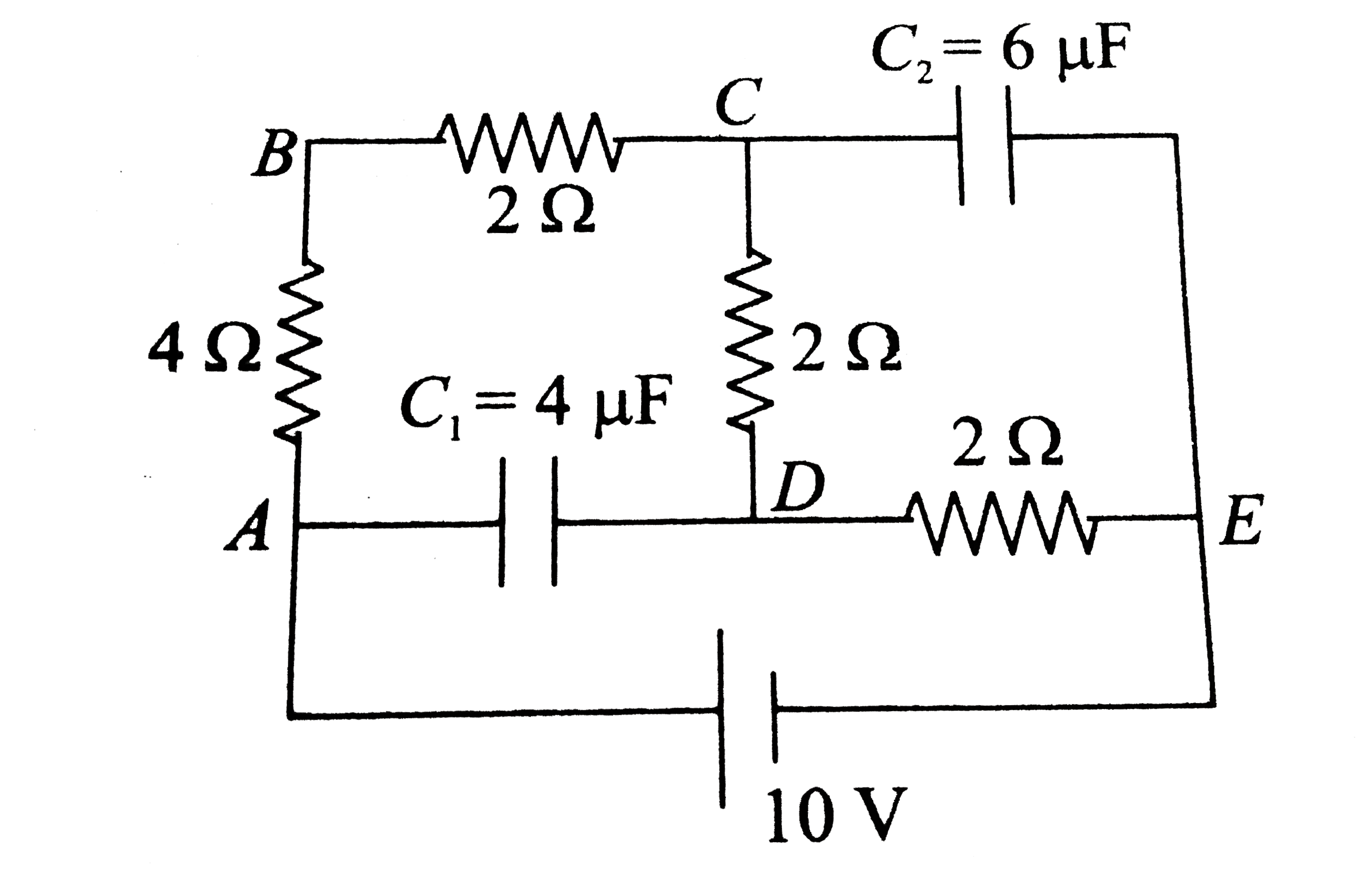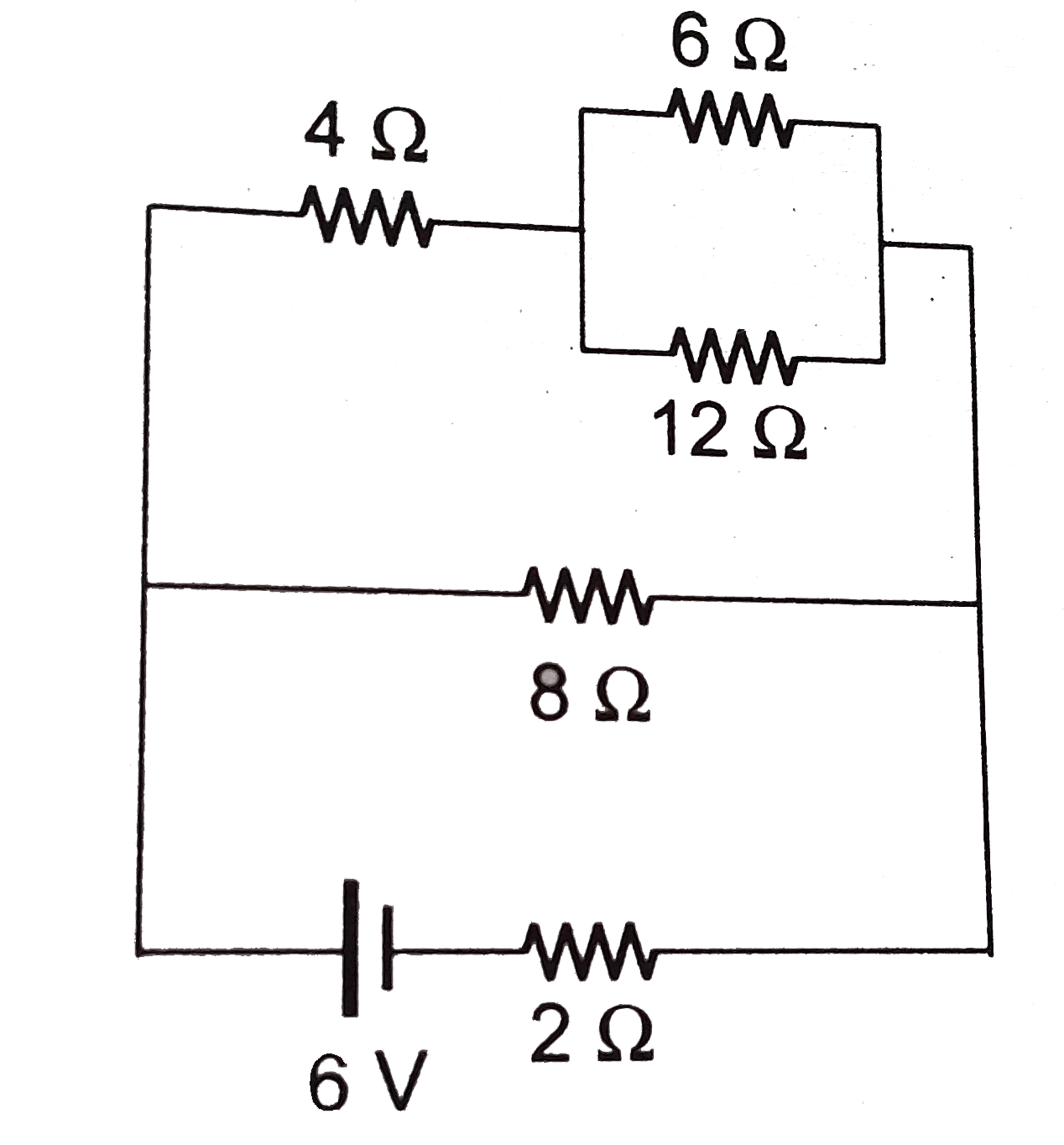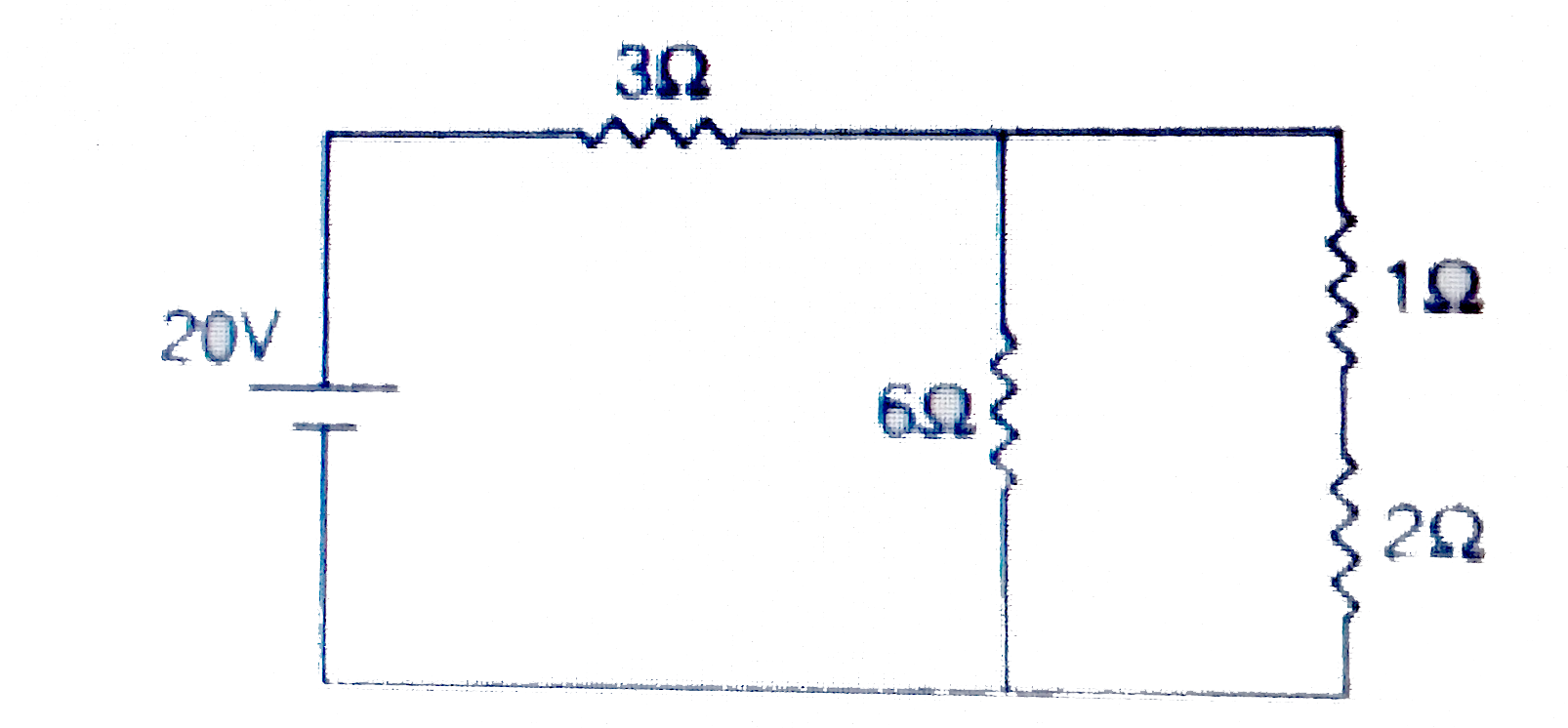Electrons in a conductor have no motion in the absence of a potential difference across it.
Billions of electrons in a conductor are free and have thermal velocities. The electrons have motion in random directions even in the absence of potential difference.
Topper's Solved these Questions
Similar Questions
How does the random motion of free electrons in a conductor get affected when a potential difference is applied across its ends?
View SolutionHow does the mobility of electrons in a conductor change, if the potential difference applied across the conductor is doubled, keeping the length and temperature of the conductor constant ?
View Solution
Knowledge Check
Assertion : Inside a conductor, electrons have no motion in the absence of some potential difference across it.
Reason : In the absence of potential difference no electrostatic force will act on the electrons inside the conductor.AIf both Assertion and Reason are true and Reason is the correct explanation of Assertion.BIf both Assertion and Reason are true and Reason is not correct explanation of Assertion.CIf Assertion is true but Reason is false.DIf both Assertion and Reason are false.Find the potential difference across C2.
 A6 VB4 VCzeroD2 V
A6 VB4 VCzeroD2 VThe potential difference across 4Ω will be.
 .A2 VB4 VC3 VD6 V
.A2 VB4 VC3 VD6 V
How does the mobility of electrons in a conductor change, if the potential difference applied across the conductor is doubled, keeping the length and temperature of the conductor constant ?
View SolutionIn the circuit shown in figure potential difference across

View SolutionCan we say that all free electrons move in the same direction in a conductor when some potential difference is applied across it ?
View SolutionIn the previous question, the potential difference across A is.
View SolutionDrift velocity of electrons in a conductor bearing potential difference V across its terminals is v. If the length of wire is stretched to three times and same potential differece V is applied, then the drift velocity will become
View Solution
